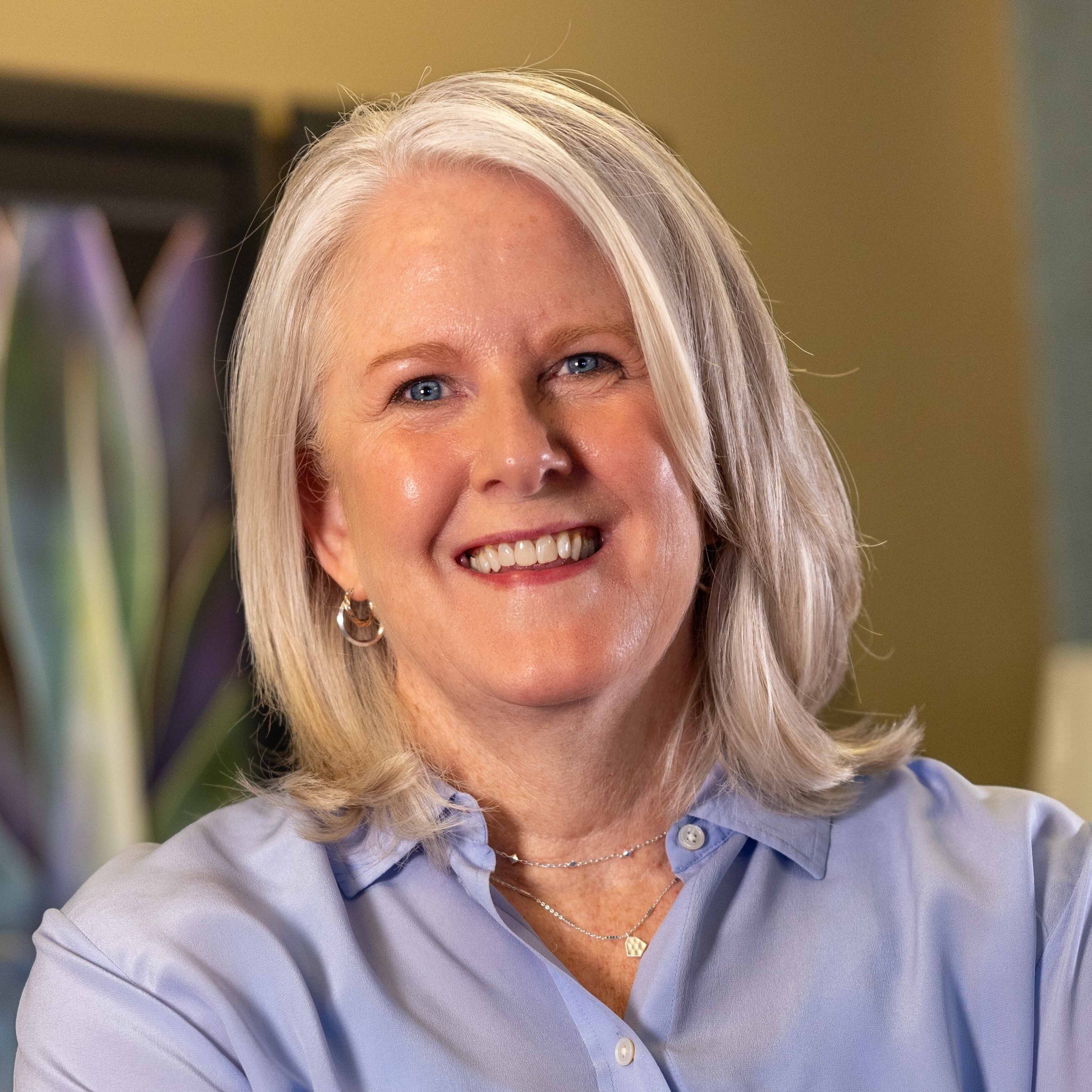 Is college worth it? A few years after baby boomers finished college beginning in the 90s, the cost of education started rising higher than the costs of other goods and services1. Now, as we are trying to secure education for our own children, we are faced with mind-boggling expenses. The average cost of tuition and fees at a private non-profit, four-year school for 2015 was $31,2311. Ivy League schools almost double that. At the University of Minnesota, the bill for our daughter this year will come in just over $25,000 for expenses including tuition, fees, room and board.
Is college worth it? A few years after baby boomers finished college beginning in the 90s, the cost of education started rising higher than the costs of other goods and services1. Now, as we are trying to secure education for our own children, we are faced with mind-boggling expenses. The average cost of tuition and fees at a private non-profit, four-year school for 2015 was $31,2311. Ivy League schools almost double that. At the University of Minnesota, the bill for our daughter this year will come in just over $25,000 for expenses including tuition, fees, room and board.
This is the second daughter we will see through college. Our first graduated from the University of Minnesota with a degree in journalism. Both girls, like their parents, chose liberal arts degrees. My husband worries they will struggle to find jobs to support themselves since they didn’t go the route of engineering, computer programming or health care. I believe they will find their way, just like their parents through an interesting journey to professional fulfillment and financial independence. It might not be easy, but it should be worth it. On average, college graduates earn $30,000 more per year than high school graduates2.
So the question many parents ask me is: How do we pay for it? Below are some thoughts on how we struggled through it as well as ideas from others.
Save. Save. Save.
We started saving right around when the kids were born. We started with $25 per month. It helped us get into the habit. The reality was that if school was going to cost upwards of $100,000 we needed to save more. So with every raise and every expense dropped, like no more daycare, we increased the monthly savings amount.Have the kids contribute.
My husband paid most of his own way through school and felt that the kids having skin in the game is important. Unfortunately it is much harder for students these days to pay for education due to the rise in tuition. But my husband had a point and the kids had to ante up. We told my eldest she had to pay for the first year of school and we would pay for the rest. That worked well since she started at a community college which cost about $6,000 for the year. It didn’t work for our second daughter who started at the University of Minnesota. How would she come up with $25,000 all at once? The student loans she would qualify for didn’t go that high. For our second we switched to having her pay 25% of each year.Earn college credits before graduating high school.
My daughters took Advance Placement classes in high school, which can earn course credit at some colleges. Some of their friends took College In School (CIS) classes which were actual college courses taught in their high school. Still others completed a couple years of Post Secondary Education Option (PSEO) where they attended college while in high school and received both high school and college credit. PSEO can be done for up to three years and it’s free.Apply for Scholarships.
If your student can earn $1,000 in scholarships, that equates to 100 hours at a $10/hour job. A great starting point is seeing if your high school or local community has a foundation that provides students with scholarships. Next, research your college of choice for additional scholarships. Visit www.FastWeb.com for other scholarship opportunities.Consider community college.
As I mentioned, my oldest started at a community college. The cost differential was huge: $6,000 versus $25,000. The Minnesota Cooperative Admissions Program (MnCAP) is a cooperative arrangement between the University of Minnesota Twin Cities and seven public two-year campuses. Students who enroll in the program are guaranteed transfer admission to one of the participating U of M Majors when they meet certain conditions.Switch up your cash flow.
You’ve been spending money regularly on your kids, the very least of which is groceries. You may also have been paying for clothing, car insurance, allowance, tutors, and traveling sports teams, among other things. I was pretty amazed at how drastically my credit card bill dropped when my oldest went to school. So if you haven’t saved enough, you could switch up your cash flow and use the savings you have from your student departing and use it to pay tuition bills.Take out student loans.
We have heard so much about student loan debt and for good reason. According to the Institute of College Access and Success, average student loan debt in 2016 was $31,9153. Students can receive different amount of student loans depending on their year in school: $5,500 freshman year, $6,500 sophomore year and $7,500 junior and senior years. This is why if a student is going to contribute to their education, it may be best to have them pay some of each year rather than, say, all of the first year. Parents can also receive PLUS loans, take out a second mortgage or get a home equity line of credit. There are other ways to take out loans, such as through banks and credit cards, but you need to be careful of not over doing it.Keep it in context.
Which brings me to my last point. Keep all of this in context. Presumably you will want to or need to retire some day. We warn against jeopardizing your own future financial security to send your child to college. You will not be able to take a loan out for retirement, but your child can take loans out for schools. Ask yourself if you can really afford that second mortgage or the name-brand school? This is where it would make sense to run some numbers on all your goals, not just sending your kids to college. At Birchwood, we have found many clients are thankful they considered college along with their other goals to map out an achievable financial plan. Some have had to tweak their initial assumptions of paying for college, but they and their kids are healthier financially for it.
1Source http://www.cnbc.com/2015/06/16/why-college-costs-are-so-high-and-rising.html
2Source http://www.college-education.procon.org
3Source http://ticas.org/




